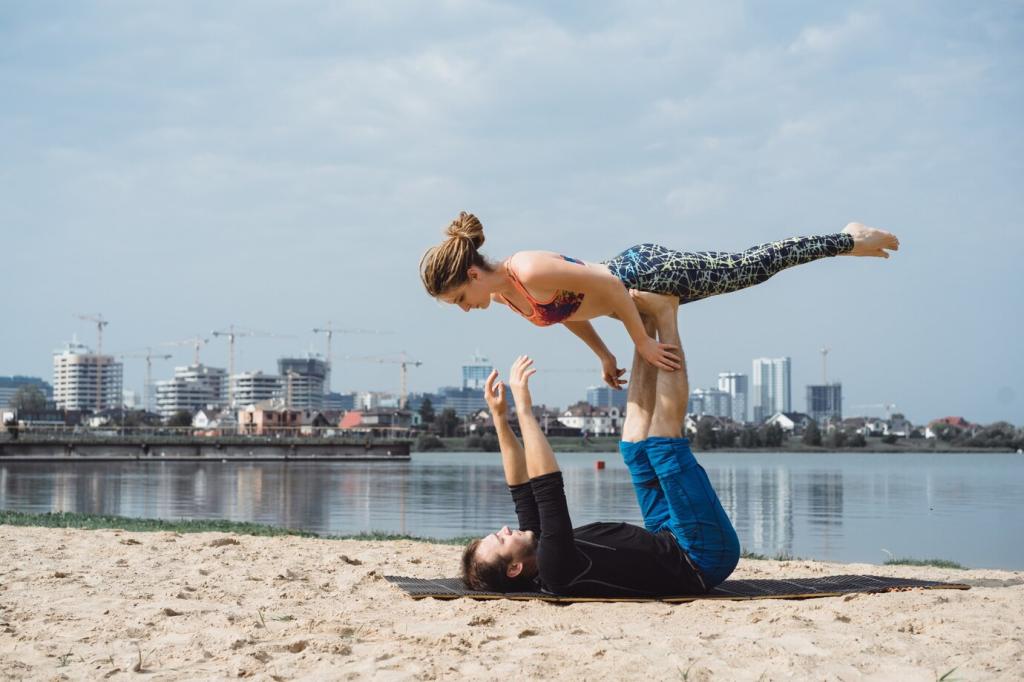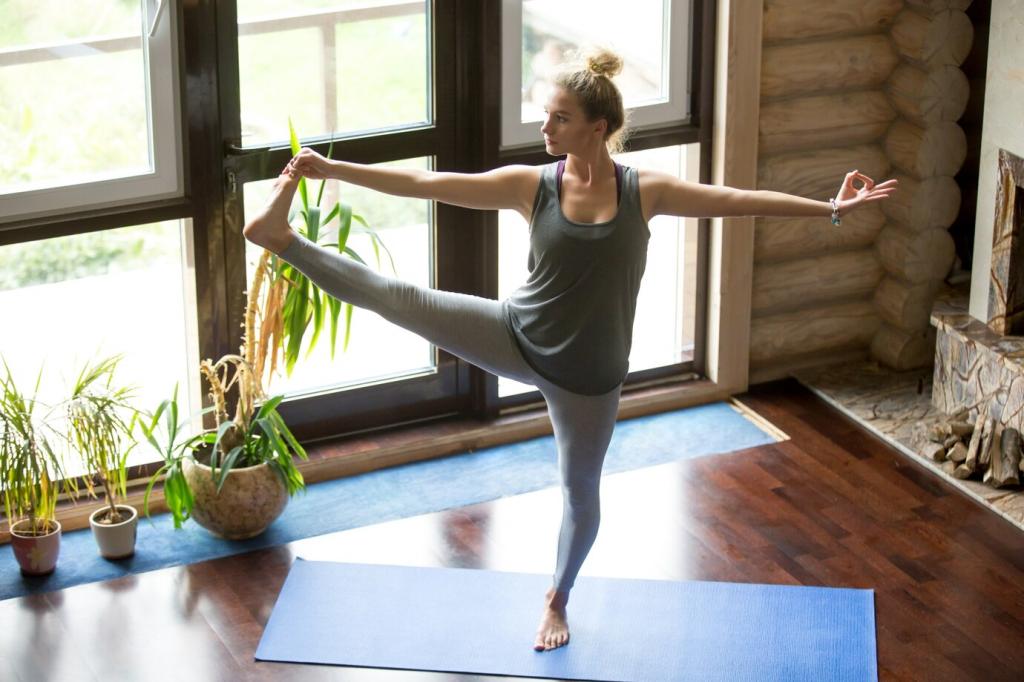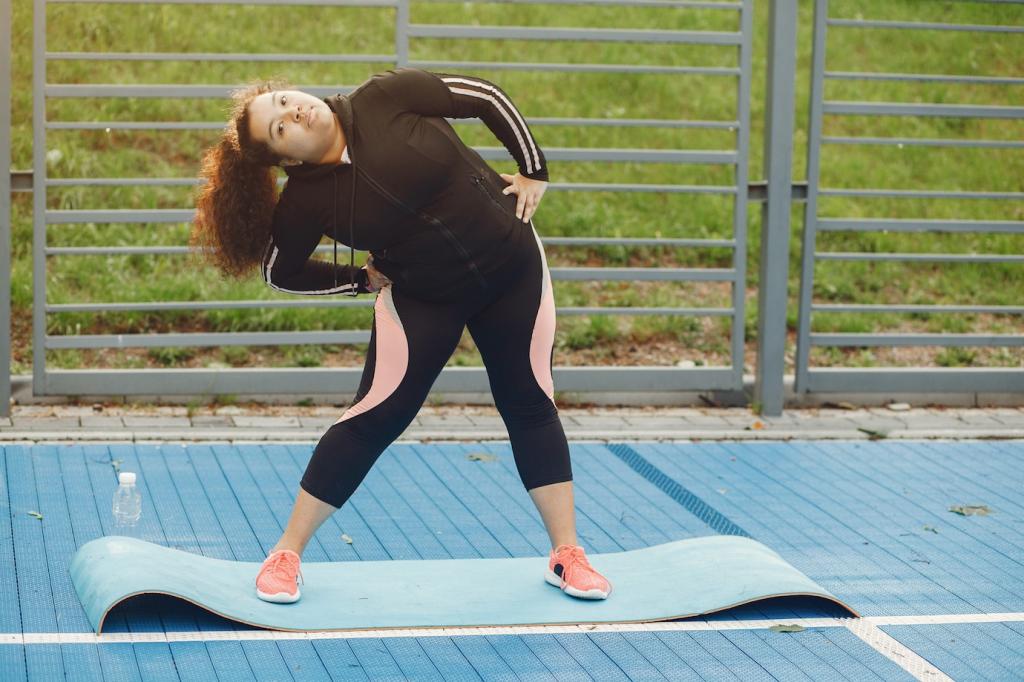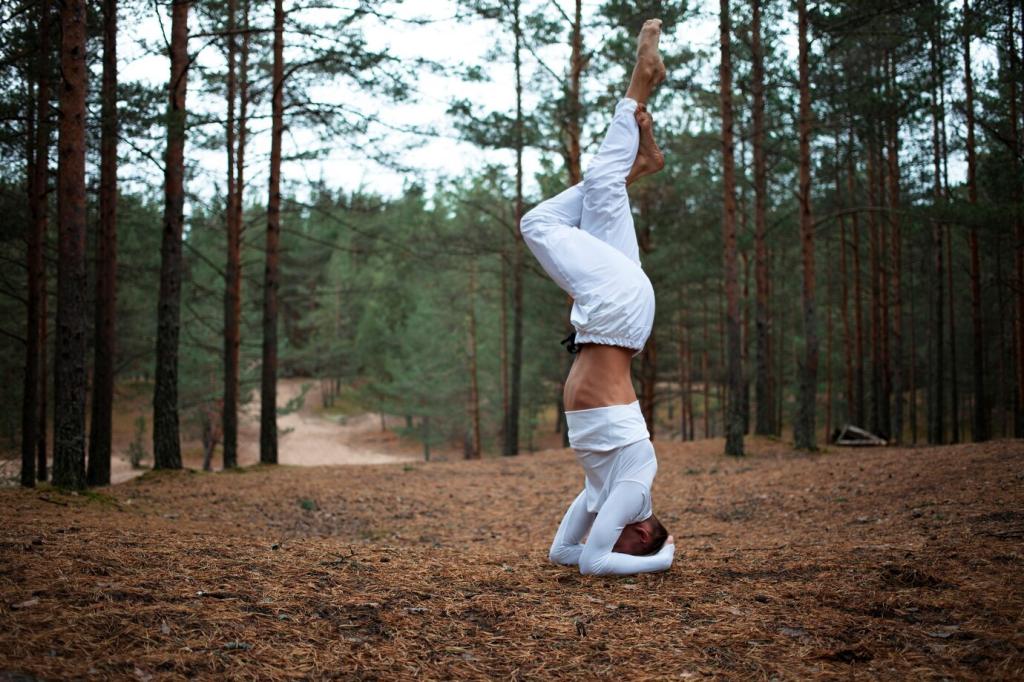
Breathe Easier: Breathing Techniques for Stress Relief
Today’s chosen theme: Breathing Techniques for Stress Relief. Discover how simple, science-backed breathing practices can soothe your nervous system, steady your thoughts, and return calm to your day. Try the exercises as you read, share your results in the comments, and subscribe for weekly breathing prompts and guided audio sessions.
Why Breathing Changes Stress in the Body
Each slow, deep diaphragmatic breath stimulates the vagus nerve, signaling safety to your brain and shifting the body toward rest-and-digest. As your belly expands, your heart rate naturally varies, easing tension. Try five gentle belly breaths now, then notice your shoulders drop and your jaw unclench. Tell us if you felt the subtle release.


Box Breathing (4-4-4-4)
Inhale through your nose for four, hold for four, exhale for four, hold for four. Repeat four cycles. The structure gives your mind a calming anchor while your body balances. Practice during short breaks and share where it helped most—before a presentation, after tough news, or while waiting on hold.

The 4-7-8 Reset
Inhale gently for four counts, hold for seven, exhale through pursed lips for eight. The long exhale amplifies relaxation and can help with nighttime rumination. Start with two to three rounds, then increase as comfortable. Comment below if this technique shortened your time to fall asleep or eased that mid-afternoon spiral.

A nurse on a crowded night shift
Between alarms and urgent calls, a nurse paused for three physiological sighs by the supply closet. Her pulse slowed, and she re-entered the ward feeling steadier and kinder. If you work in a high-stakes environment, try this micro-reset and share your story with our community for others to learn from.

A student before a crucial exam
Minutes before the exam, a student practiced four rounds of box breathing, then wrote a grounding word on the test pamphlet. The ritual cut the racing thoughts and improved focus. If you’re studying, pair breathing with a small cue like a pen tap, and tell us whether your recall improved.

A parent stuck in traffic
Gridlock, restless kids, and a late arrival trigger spiraling stress. One parent used nasal-only slow breathing with extended exhales until the dashboard clock felt less oppressive. Later, the arrival was calmer and more present. Try this on your next commute and comment if the car stopped feeling like a pressure cooker.
Micro-pauses between tasks
Before opening a new tab or app, pause for one slow inhale and a longer exhale. This one-breath boundary clears mental residue from the previous task. Track these resets for a day and report back: did your focus improve, and did switching contexts feel less jarring?
Evening wind-down ritual
Dim lights, silence notifications, and do five minutes of 4-7-8 breathing. Pair it with a gentle stretch to signal the day is done. If sleep is tricky, try this three nights in a row and subscribe for our printable routine you can tape beside your bed.
After workouts or intense meetings
Post-effort breathing accelerates recovery. Sit or stand tall, inhale through your nose, then double the length of your exhale. Five minutes can lower residual adrenaline. Share in the comments if your cooldown felt smoother or if difficult meetings felt easier to leave behind mentally.
Troubleshooting: When Breathing Feels Hard
These signs often mean you are breathing too forcefully or too fast. Soften your inhale, keep it nasal, and reduce the duration until steadier. Sit down, relax your shoulders, and try two gentle cycles. Tell us what adjustment helped most so others can learn from your experience.

Resonant breathing around six breaths per minute
Set a timer for ten minutes and aim for a five-second inhale and five-second exhale, or adjust to comfort. This steady rhythm often elevates heart rate variability and calm. Record how you feel before and after, then share your trends after a week to motivate fellow readers.
Pair breath with gentle movement
Sync inhales with lengthening movements and exhales with softening or folding. Walking, yoga, or light mobility work enhance the calming feedback loop. Keep it conversational, never strained. Comment which movement pairs best with your breathing, and subscribe for a short video routine designed for busy weekdays.
Track with a simple log or HRV app
Jot down minutes practiced, technique used, and your mood before and after. Optional: note HRV or resting pulse for objective trends. Over time, you will see your baseline calm expand. Share your favorite tracking method so our community can adopt what works in real life.
